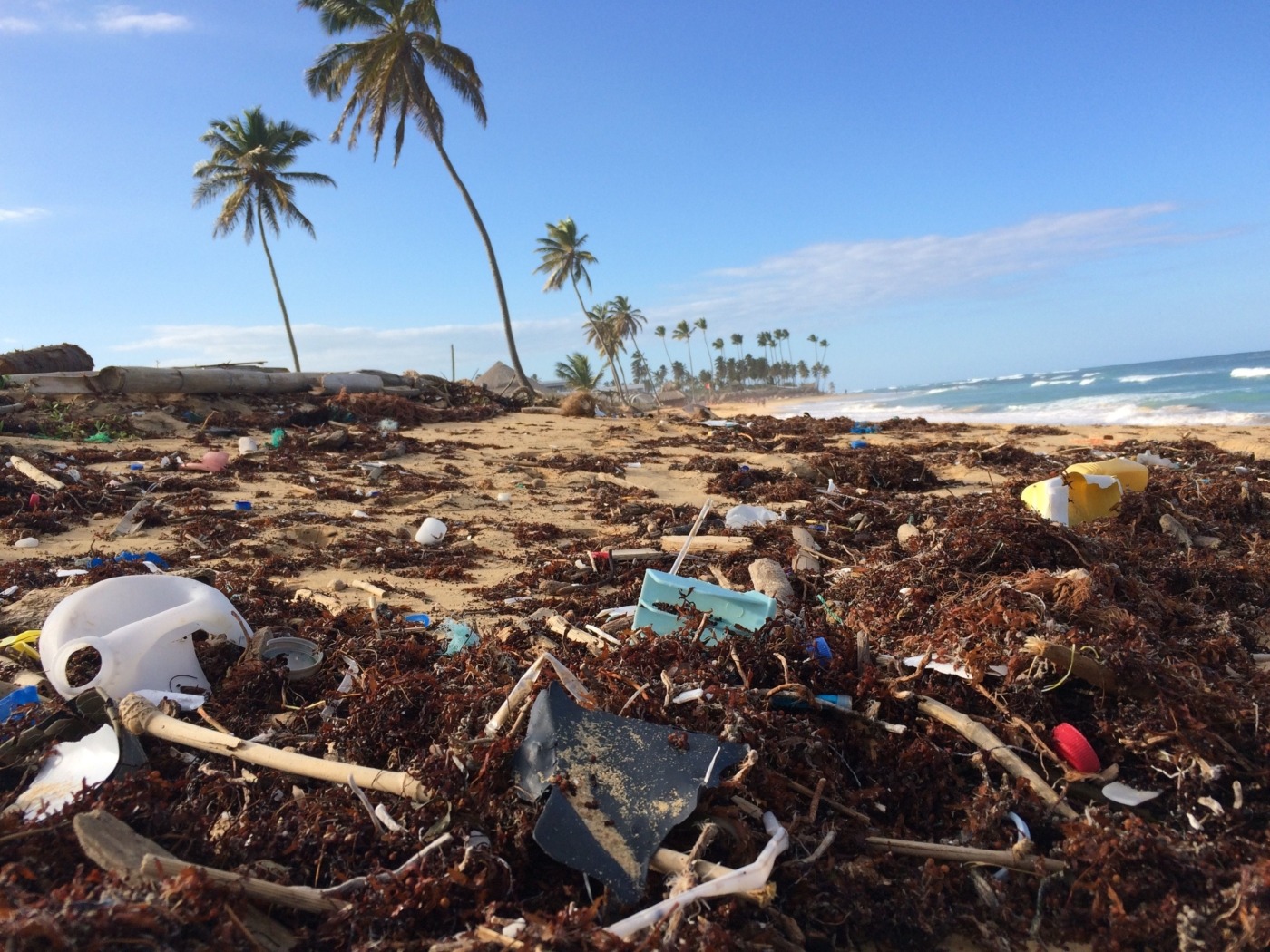Islands that inspired Charles Darwin littered with 414 million pieces of plastic
A cluster of islands in the Indian Ocean which once inspired Charles Darwin’s first book is strewn with 238 tonnes of plastic waste, researchers have found.
Since being discovered in the middle ages, the Cocos (or Keeling) Islands have been observed by naturalists, annexed by the British Empire, and later set the scene for one of the first naval battles of the First World War. Yet today the Australian external territory, home to around 600 people, is littered with an estimated 414 million pieces of plastic.
Today the Australian external territory, home to around 600 people, is littered with an estimated 414 million pieces of plastic
Scientists from two universities, Tasmania and Victoria, have published the shocking numbers in the journal Scientific Reports alongside a warning that more must be done to prevent plastic from entering the oceans worldwide. According to the researchers, disposable consumer objects made up a quarter of all items including bottles, bags and straws. These types of products are rarely used more than once, but remain intact as debris for many years after being discarded.
The figures are, in the words of the authors, “minimum estimates” which may not even reflect the true scale of pollution on the islands, which are located 2100km north-west of Australia and lie midway between the country and Sri Lanka. This is because waste buried deeper than 10 centimetres was not recorded in the survey, and some areas known to be ‘hotspots’ of debris were excluded from the samples taken. With 93% of the plastic found underneath the surface and half of it classed as micro-debris, the authors note that cleaning up the oceans is a more complex task that has been widely realised. Waste is not only comprised of obvious items lying on the surface but is embedded in the surface itself, sometimes inaccessible or barely visible to the human eye.
With 93% of the plastic found underneath the surface and half of it classed as micro-debris, the authors note that cleaning up the oceans is a more complex task than has been widely realised
Images of beaches piled high with rubbish are a far cry from the idyllic picture Charles Darwin painted of the islands on his arrival in 1836. The naturalist described the scenery as “very curious and rather pretty”, where “living coral darkens the emerald green water.” Darwin visited the area as part of a five-year expedition on board the HMS Beagle and was tasked with recording detailed observations of the exotic environment. His writings became the basis for his first major paper and subsequent book, most commonly known as the Voyage of the Beagle, which was met with widespread acclaim.
Of particular interest to Darwin were the coral reef formations of Cocos Islands, and the book centred around his theory of how they were formed as formerly volcanic land subsided. The broad implications of his theory continue to be accepted today, and Darwin would go on to become one of the most revolutionary scientists of all time thanks to his theory of evolution by natural selection.
Images of beaches piled high with rubbish are a far cry from the idyllic picture Charles Darwin painted of the islands on his arrival in 1836
As well as destroying vital habitats, upsetting ecosystems and presenting dangers to local wildlife, who may ingest small objects, plastic pollution has global impacts. Earlier this year a landmark report highlighted plastic production as a leading contributor to climate change due to the emissions it requires and the raw materials it demands. Waste disposal systems are widely considered inadequate worldwide, and even in the UK only around a quarter of plastics are recycled. Most household, single-use items will take at least 400 years to biodegrade if not recycled.
As well as drawing attention to the state of the previously beautiful Cocos islands, the report makes clear the wider ramifications of inaction. Noting that there are believed to be more pieces of plastic in the ocean than there are stars in the Milky Way, the authors argue that it is time for a drastic reduction in our production, consumption and disposal of these harmful materials.

Comments